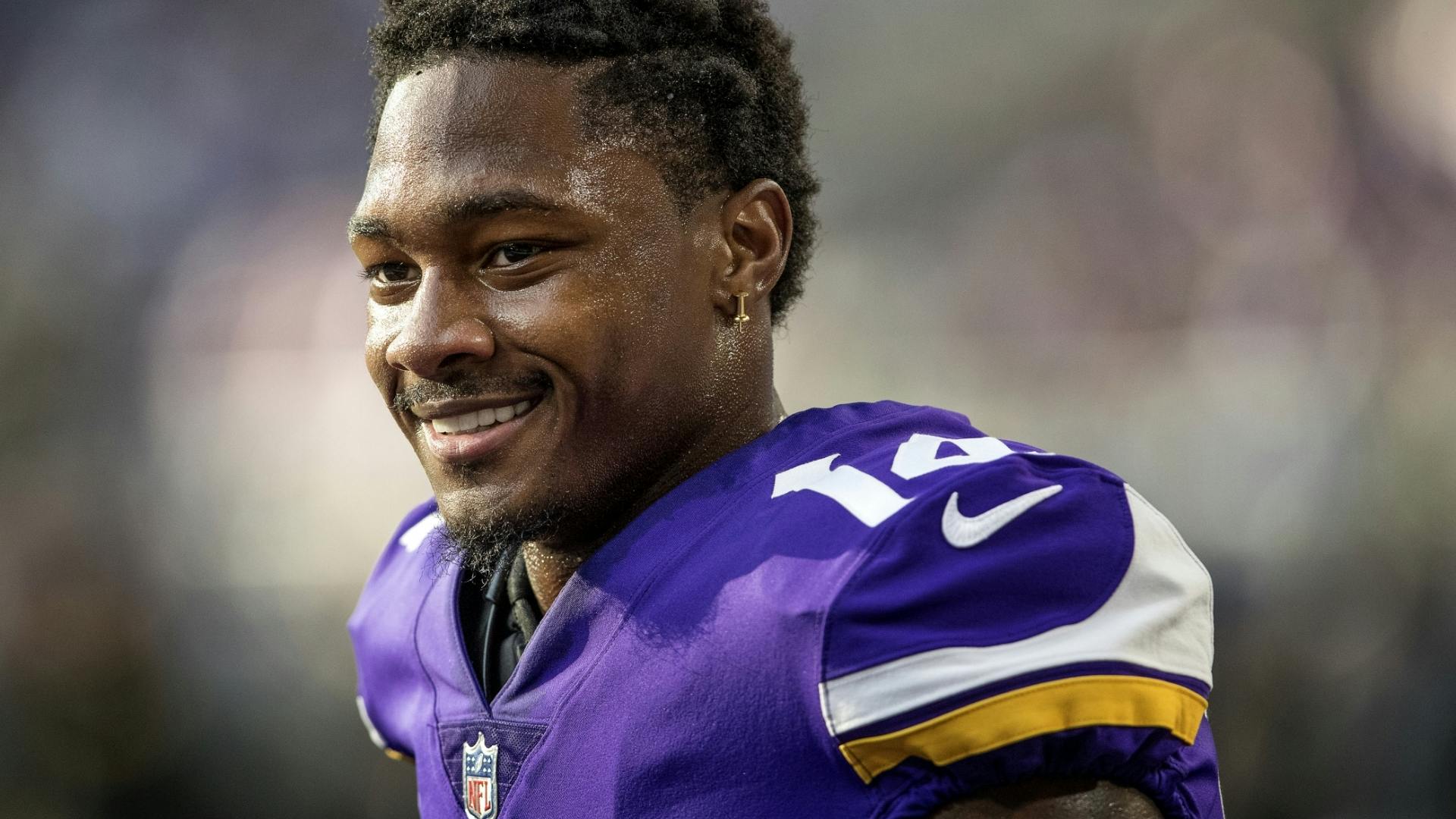NFL seasons can rise and fall on the health of what the dictionary calls a "short band of tough, flexible, fibrous connective tissue" in the middle of a star player's knee.
Sometimes, that anterior cruciate ligament (ACL) gets torn by the sheer brute force of the game.
"I had three ACLs in college," former Vikings linebacker Michael Mauti said. "The second one on my left knee, a guy chop-blocked me. I had a brace on. Nothing would have saved me."
But many times — more so in recent years — there is no contact when a player's ACL snaps. Vikings quarterback Sam Bradford fell into this growing category twice with the Rams in 2013 and 2014.
"We know the percentages of a recurrent tear can range somewhere between 5 and 25 percent [higher], so it's not uncommon," said Dr. Bert Mandelbaum, a Santa Monica-based orthopedic surgeon and ACL injury prevention researcher at the Kerlan-Jobe Institute. "It's one of the things we focus on trying to minimize."
Bradford was fortunate not to suffer a third tear in the season opener. But another noncontact injury occurred when he twisted the knee badly enough that he had to miss last week's game at Pittsburgh and was still limited in Thursday's practice.
Mandelbaum isn't familiar with Bradford's latest injury, and he won't venture a guess as to when his swelling will subside or when there's enough stability in the knee to play on it.
But Mandelbaum has studied Bradford's first two injuries. They were part of an NFL award-winning video analysis of noncontact ACL injuries that Mandelbaum helped create.
"You look at Sam's first injury," Mandelbaum said. "He's just going to the sideline. It was something he's done hundreds of times before."
Most view ACL injuries of that nature as just the luck of the draw. Bradford, Jordy Nelson, Reggie Wayne, Carson Palmer, Ryan Tannehill, the list goes on and on. It was just their time, some believe.
Not Mandelbaum.
He has spent a couple of decades studying how to reduce ACL injuries. The journey began when there was a dramatic increase in the number of torn ACLs suffered without contact by young female soccer players in Southern California.
Based on his research, Mandelbaum created a training program he calls PEP, short for prevent injuries and enhance performance. He believes noncontact injuries can be reduced if athletes are trained to have better neuromuscular strength and control between their hips and knees.
Exercises, stretching and strength training can promote better control of the hips, which then puts less pressure on the ACLs.
Mandelbaum also has worked with the U.S. men's national soccer team and recently with NFL team doctors such as the Giants' Scott Rodeo and the 49ers' Timothy McAdams. With Mandelbaum's help, McAdams put together a video that included 68 cases of noncontact ACL injuries.
McAdams won the NFL Physicians Society's Arthur C. Rettig Award for a study titled, "Video Analysis of ACL Injuries and the NFL."
Mandelbaum believes his PEP program will work for elite athletes, including NFL players. But the problem in the NFL, he said, is players typically follow their own training programs in the offseason.
But something, he said, has to change.
"The NFL is played differently than it was 20 years ago," Mandelbaum said. "The field was opened up. Now, football players have to play the game like soccer players. They have to not only have strength and power, and incredible speed, but they also must have neuromuscular control.
"I like to use the analogy of it's kind of like a Ferrari engine in the Indy 500," he said. "You're going around the track. It's fast, it's powerful, it's speedy, but all of a sudden the steering isn't so good. And then you spin out."
Mauti's first two ACL tears were noncontact injuries to his right and left knees.
"I've heard of places that do the [neuromuscular] prehab on ACLs," he said. "It gets to be pretty high level advanced body mechanics stuff. Few people really kind of understand it."
Some, like Mandelbaum, are trying to change that.
Coyotes' move to Salt Lake City elicits opposing responses in 2 cities
Phillies' Spencer Turnbull has no-hit bid through 6 innings vs. White Sox


![Minnesota Vikings wide receiver Adam Thielen caught an eight yard pass from quarterback Case Keenum for a fourth quarter first down. ] JEFF WHEELER &#](https://arc.stimg.co/startribunemedia/4QENCRC7FBWFUX6O4HD4XMKAQM.jpg?w=600&h=600&auto=format%2Ccompress&cs=tinysrgb)